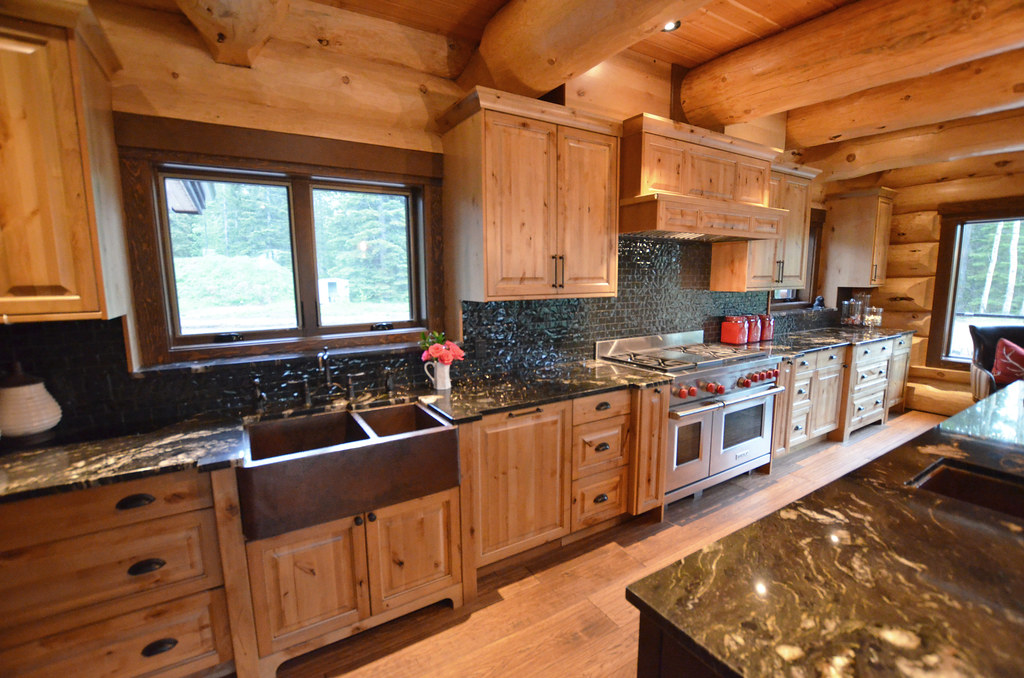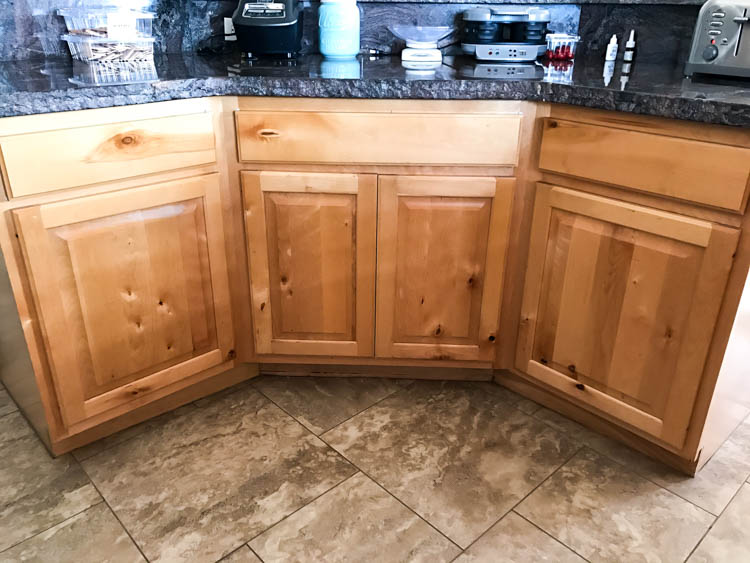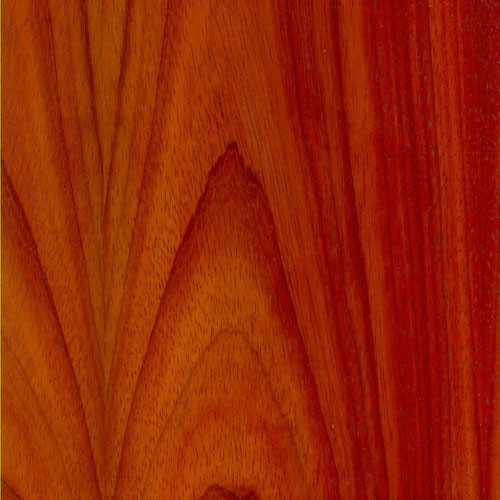Paldao
[Dracontomelon dao]
Of the eight of Dracontomelon species that grow in throughout the Southeast Asian tropics, Paldao is the most plentiful — with a footprint that extends from India to the Solomon Islands.
But perhaps most abundantly in the Philippines, home of the famous “Centennial Heritage Tree.” A 100-year-old survivor of numerous typhoons, it’s a Paldao tree still growing on the campus of the University of the Philippines at Los Banos — leaning at a conspicuous 20° angle.
Also known as “Pacific Walnut,” it’s Paldao’s distinctive streaked wood creates the greatest appeal of the tall, thin tree. While its heartwood is a gray brown to red brown color – often with a faint greenish tinge – it commonly features darker brown or black streaks. The wide, pale yellow sapwood often has a pinkish or grayish tinge and is usually clearly demarcated. The interlocked, irregular, wavy grain of Paldao sometimes produces a fiddleback figure. And it’s medium to coarse texture offers a good, natural luster.
Generating instant visual impact, Paldao is highly sought after as a new, high-end, exotic option for wood veneer, architectural plywood, cabinetry, and flooring.
Species Distribution:
Southeast Asia
Malaysia
Borneo
Sumatra
Philippines
New Guinea
Myanmar
Cambodia
Laos
Thailand
Vietnam
Common / Alternative Names:
Pacific Walnut
Janka Hardness:
1,040 lbf
Sustainability Status:
CITES Appendices: Not listed
IUCN Red List of Threatened Species: Not listed
Related Species:
New Guinea Walnut (Dracontomelon mangiferum)









